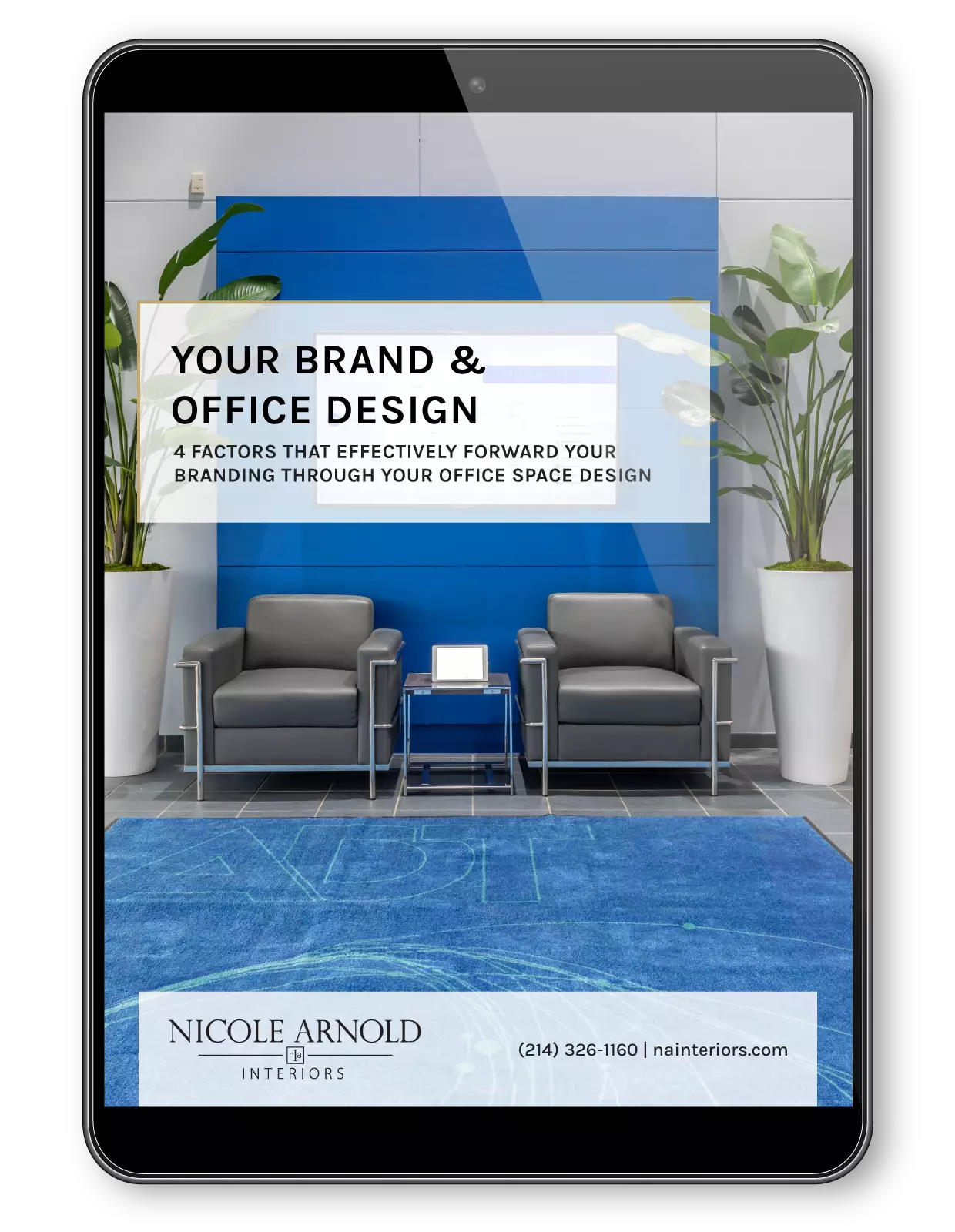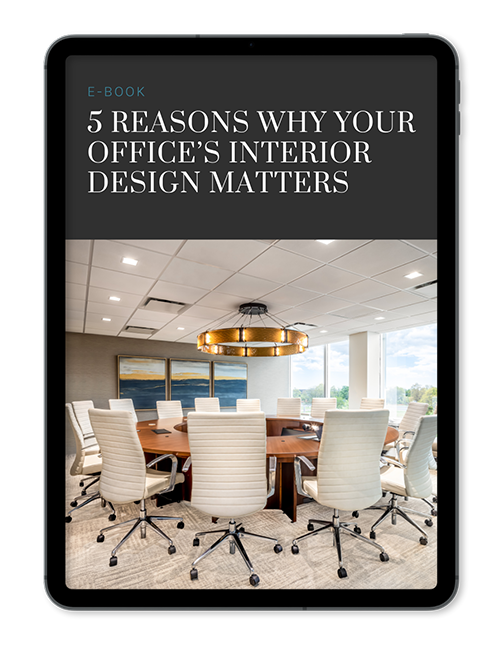Strong design project oversight is more than just keeping track of deadlines and budgets; it’s about creating a culture of trust and collaboration among your team. By promoting open communication, you can identify risks early and guarantee everyone is aligned with the project’s goals. This proactive approach not only leads to smoother execution but also enhances the overall impact of your design.
When it comes to interior design solutions, working with professionals like Nicole Arnold Interiors can bring significant advantages. Their expertise not only streamlines the design process but also ensures that the final outcome aligns perfectly with your vision and functional needs. Utilizing such professional services can elevate your project, offering insights and creative solutions that might not be apparent without expert guidance.
Curious about how these benefits unfold in real scenarios? By leveraging strong oversight and professional design support, you can achieve results that not only meet your expectations but also inspire and impress.
Getting People Talking
How can we truly understand our organization’s identity if we don’t engage in meaningful conversations? Getting people talking is essential, especially for project managers.
By organizing workshops that invite diverse internal stakeholders, you create a space for open dialogue. Simple, basic questions can reveal different perspectives and shed light on the organization’s narrative and values.
Engaging outsider viewpoints challenges assumptions, encouraging deeper exploration of your collective truth. This process fosters honesty, as it allows team members to express their thoughts without the pressure of high-level leadership’s presence.
Don’t Let the Boss In
While leadership plays a crucial role in guiding design projects, letting them dominate conversations can stifle valuable insights from team members.
When you create spaces for dialogue without leadership, your internal teams feel more empowered to speak candidly. This freedom leads to deeper insights and a better understanding of project management’s nuances and challenges.
Without the pressure of hierarchy, discussions become more authentic, fostering an environment of trust. Engaging all levels of staff encourages diverse perspectives, ensuring that every voice matters.
This approach not only enhances organizational unity but also promotes collective problem-solving. By keeping leadership out of certain conversations, you cultivate a culture where innovative ideas can flourish and everyone feels valued.
First Principles and Full Synthesis
Understanding your organization’s core values is the first step toward crafting a compelling brand narrative. By starting with first principles, you clarify your core value proposition, ensuring your branding resonates with your audience.
As a project manager, make sure to engage diverse internal stakeholders in the synthesis process. This collaboration fosters a cohesive message that reflects your organization’s collective identity.
Mapping your organization’s story helps identify inconsistencies and flaws, leading to a more authentic representation. Full synthesis encourages you to explore and articulate unique strengths, enhancing brand visibility.
Additionally, internal reflection during the design project can reveal insights, deepening your understanding of your purpose and audience needs. Embrace this process, and watch your brand narrative flourish.
Audience-First Mindset
Embracing an audience-first mindset transforms the way your organization connects with its target demographic, ensuring that their needs and emotions take center stage.
By prioritizing audience insights, you refine your organizational purpose and brand identity, making your messaging resonate more effectively. This approach enhances communication strategies and fosters unified storytelling that reinforces your mission and values.
Continuous engagement with audience feedback validates your strategic decisions, allowing you to adapt and evolve your offerings based on real-world needs. Additionally, focusing on audience perspectives clarifies your organizational goals, promoting collaboration among team members.
Ultimately, this leads to improved project metrics and a more cohesive design project outcome, strengthening your connection with constituents and enhancing overall effectiveness.
Planning Status Assessment
Building on the audience-first mindset, evaluating the planning status of your design projects is essential for confirming they meet the needs of your target demographic effectively.
A thorough planning status assessment identifies deficiencies before execution starts, allowing you to mitigate risks early. Remember, small planning gaps can snowball into major challenges later on, impacting your project’s cost and schedule.
Experienced project managers may not always have the expertise needed for specialized projects, making it important to involve knowledgeable professionals during this phase.
Accurate effort estimation is critical, as miscalculations can lead to significant issues down the line. By conducting extensive assessments, you confirm smoother project execution, reducing the likelihood of delays and budget overruns, ultimately leading to greater project success.
Collaborative Project Planning
While effective project planning can set the stage for success, collaborative project planning takes this a step further by actively involving all stakeholders from the very beginning.
By engaging team members in the planning process, you enhance ownership and accountability, ensuring everyone understands their roles and responsibilities. This approach clarifies project scope, objectives, and deliverables, aligning all participants from the outset.
Additionally, identifying potential obstacles early allows for proactive problem-solving, reducing the likelihood of delays. Clear communication fosters a unified vision, maintaining focus and momentum throughout the project lifecycle.
Incorporating diverse perspectives not only strengthens the project definition but also mitigates risks, as various viewpoints and expertise contribute to a more robust plan that everyone can support.
Project Oversight
Effective project oversight is essential for guaranteeing that a project stays on track and meets its objectives. It helps you stick to budget constraints while enabling early identification of potential issues, allowing you to take manageable corrective actions.
Effective oversight involves direct project management and independent reviews, which are vital for achieving your goals and maintaining stakeholder confidence. Transparency fosters alignment among everyone involved, while clear metrics provide an accurate assessment of progress and risks.
Regular reporting based on these metrics helps you identify issues quickly and outlines recovery plans, shifting from generic updates to context-rich information. Accountability among all participants guarantees that roles and responsibilities are defined, contributing to the overall effectiveness of project governance.
Rate Your Security Technology Project
How do you evaluate the health of your security technology project? Start by using the Troubled Project Checklist; it helps you identify potential recovery strategies by examining various risk factors.
Next, take the Security Tech Project Survival Test, which determines whether your project is likely to finish on time and within budget. You might find this evaluation invaluable in gauging project viability early on.
Make certain you meet established results criteria, aligning your objectives with organizational goals. By regularly evaluating your project, you’re able to create timely interventions that can greatly enhance your success rates.
Roles and Responsibilities in Project Governance
In any security technology project, understanding the roles and responsibilities in project governance is essential for success. Key roles include the Sponsor, Steering Committee, Project Management Office, and Project Manager. Each has unique perspectives that enhance governance effectiveness.
It’s important to clearly define responsibilities among these roles to guarantee accountability and strengthen the project governance framework. Collaboration among them not only promotes shared ownership of project outcomes but also fosters effective decision-making. Proper engagement from all parties greatly impacts the project’s success.
Establishing a well-defined communication plan among these roles guarantees transparent updates, keeping stakeholders informed about productivity and project status. Emphasizing these roles and responsibilities can lead to a smoother, more successful project journey.
Longevity, Monitoring, and Assurance
Monitoring the longevity and assurance of a project is just as important as defining roles and responsibilities in governance. By implementing a solid governance plan throughout the project life cycle, you can effectively monitor and control the governance frameworks.
Regular meetings and detailed reporting foster a culture of accountability and transparency, while proactive risk management allows you to tackle issues before they escalate. Continuous evaluation of governance effectiveness helps you adapt to changes in scope, time, cost, and quality, ensuring alignment with project objectives.
Additionally, assurance processes guided by key metrics enhance delivery confidence, tracking adherence to the business case. By monitoring deviations in project plans, you can intervene timely, maintaining integrity and increasing the likelihood of successful outcomes.









